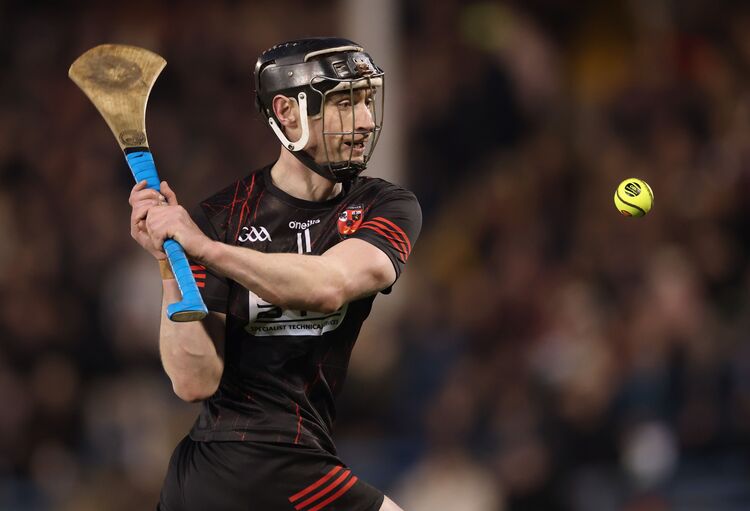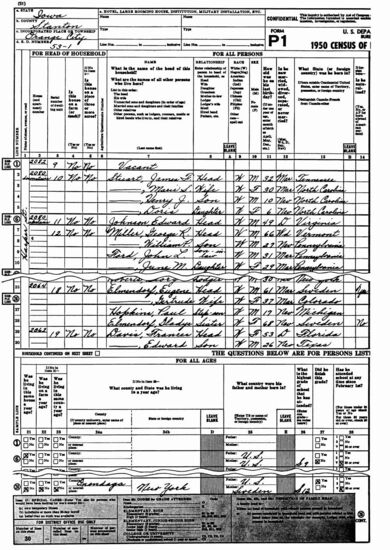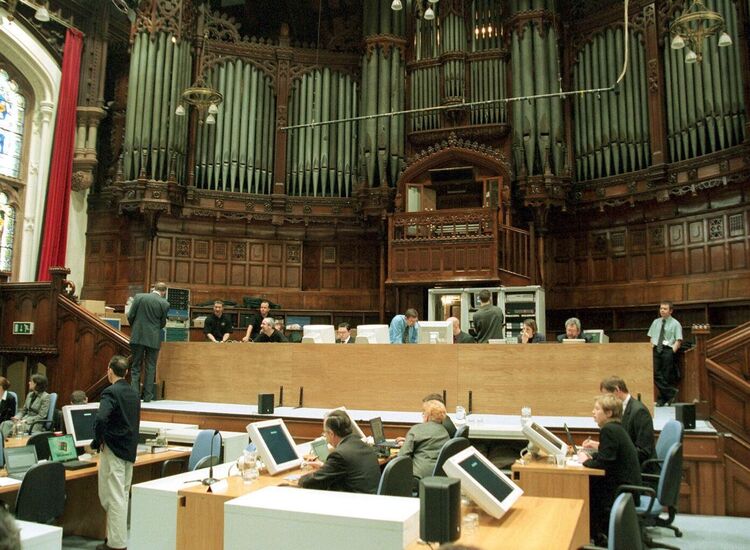Author Michèle Mendelssohn outside the Wilde family home at 1 Merrion Sq., Dublin.
Page Turner / Edited by Peter McDermott
“The book you are holding in your hand could not have been written before now,” writes Michèle Mendelssohn in the prologue of her acclaimed new biography “Making Oscar Wilde.”
Her story begins with the discovery of a poster from Wilde’s 1882-83 tour of America at the William Andrews Clark Memorial Library in Los Angeles. “The poster featured Wilde, but not as the man I knew. For starters, he didn’t look Irish at all,” she said.
Then she found six cards. “On each one Oscar had a different ethnicity: he was Irish, Chinese, French, German, black, and finally white American.”
Mendelssohn, an associate professor of English and American literature at Oxford University, had a series of questions and in time would find the answers in some of the usual places, such as libraries and private collections, but also “tucked away in vast online archives and in algorithm-driven databases.”
Adds Mendelssohn, who is a native of Montréal, where her family still lives, “For over a century, Saint Oscar’s secret life lay buried in these unexamined artifacts, hidden from sight and scattered in sprawling repositories located all over the world.”
She says that Wilde inherited two gifts from his family: “a love of adventure and a talent for reinvention.”
The first job his County Roscommon-born father took after graduating in the late 1830s was as personal physician to an invalid gentleman, on whose 130-foot yacht they travelled the globe for nine months.
It was William Wilde’s first trip out of Ireland and it would make him famous back home, but rather than the life of a lecturer and author, he opted to specialize in diseases of the ear and throat. William’s grandfather Ralph Wilde also undertook an important journey, from Durham in England to Roscommon in the late 18th century, at the urging of his merchant father who wanted him to have a better life.
Ralph, says Mendelssohn, “married up, choosing Margaret O’Flynn for his wife, a girl from a high-ranking Gaelic family.” They had some high-achieving children – with one son, for instance, winning the Berkeley Gold Medal at Trinity, an achievement matched later on by their great-grandson Oscar, and another becoming a distinguished physician. The latter was Thomas, William’s father. He married up, too, after he met Emily Fynn, who came from a wealthy family over the border in Galway.
Dr. William Wilde believed his family’s “racial mix to be superior to all others,” according to Mendelssohn. “I don’t think there can be a better one than that of the Saxon with the Celt,” he told the British Association in an address.
But in 1882, the biographer writes, his son “moved from being part of Ireland and England’s elite to being regarded as part of humanity’s dregs in the United States.”
Mendelssohn told the Echo: “‘Making Oscar Wilde’ brings to life the untold story of the charming young Irishman who set out to captivate the United States and Britain with his words and ended up conquering the world. Part adventure story, part social history, Wilde’s life is the dazzling drama of the 19th century itself – a time that resembles our own in more ways than one.”
Poet and journalist Eileen Myles has described it as "[o]ne of the most devastating, complex and presently political literary biographies I've ever read."
The author of “Portrait of a Novel: Henry James and the Making of an American Masterpiece,” Michael Gorra, wrote, “Michèle Mendelssohn's vividly written, consistently illuminating, and lavishly illustrated book is full of surprises, above all in showing how Wilde's Irishness played into the story of race relations in post-Civil War America."
“You may not think there is new stuff to learn about Oscar Wilde,” writes Gyles Brandreth, president of the Oscar Wilde Society, “but there is – as this book proves.”
Brandreth, himself the author of “The Oscar Wilde Murder Mysteries,” added, “Michèle Mendelssohn has succeeded in throwing new light on Wilde’s remarkable American lecture tour. Thoroughly researched and beautifully written, this is a valuable addition to Wildean scholarship.”

What is your writing routine? Are there ideal conditions?
My first draft is just an ugly heap of ideas – it’s loose, emotional, argumentative and far too long. I keep writing until the manuscript gets nice and plump. I let the ideas lumber about ungracefully. Then I revise endlessly until the sentences can leap and dance on the page. I want the feel of “Riverdance,” not a village ceilidh dance. That’s my goal, at least!
As a cultural historian and a literary critic, two things really matter to me: that I get the facts right and that I provoke delight in my readers. Even when I’m telling a complicated story, I want the reader to feel lightness and the joy of discovering something new.
What advice do you have for aspiring writers?
One of the pleasures of writing is reading. To discover Wilde’s Irish and Irish-American history, I read loads. It was bliss. I also love digging through archives.
When I’m not on a research trip, part of my writing routine is to cook. I do some of my best thinking in the kitchen, when I’m creating something delicious and listening to music or to “The Longform” podcast (https://longform.org/podcast).
Revision is the secret to good writing. I revise and rethink and rewrite mercilessly.
The American essayist John McPhee, says it best: “the adulating portrait of the perfect writer who never blots a line comes express mail from fairyland.” Too right!
My favourite book about writing is Anne Lamott’s “Bird by Bird: Instructions on Writing and Life.” It’s pithy, hilarious and true. I recommend it to all my students.
If you could meet one author, living or dead, who would it be?
Oscar Wilde, of course! I’d like to ask him about his gloriously peculiar and unlikely rise to the top of the literary world. Wilde eventually became a dramatic genius through a curious process that began in with ethnic controversies and sex scandals. Like a fairy tale in which a young nobody becomes a somebody, the transformative experiences he has in the United States would divide his life sharply into Before and After.
In writing this book, I was surprised to discover how he struggled to make his name. Contrary to legend, he wasn’t born with a natural wit, he learned his craft in the United States. His success wasn’t handed to him on a silver platter. He was a genius, but he was also a self-made man. To me, that makes him even more appealing, more human, more like us.
What is your favorite spot in Ireland?
In an airplane, about 20 minutes before I land in Dublin, the country unfurls below in wide bands of brilliant green velvet. There’s nothing else like it. It’s simply magical.








